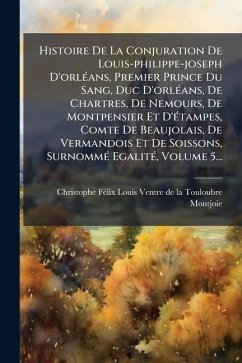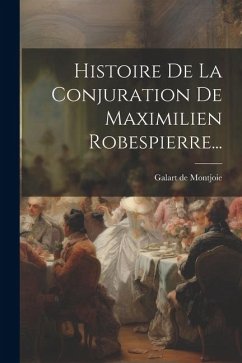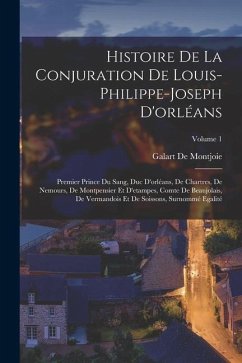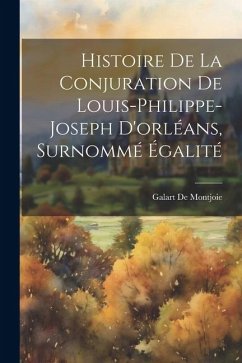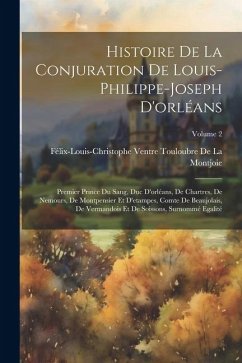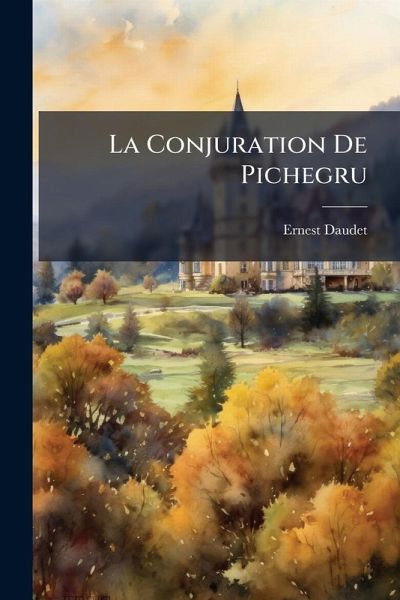
La Conjuration De Pichegru

PAYBACK Punkte
12 °P sammeln!
La Conjuration De Pichegru explores the royalist conspiracies in southern and eastern France between 1795 and 1797, led by the figure of Pichegru. Drawing upon unpublished documents, Ernest Daudet meticulously reconstructs the intricate web of political intrigue and counter-revolutionary plots that sought to undermine the French Republic. This historical account provides a detailed examination of the forces at play during a turbulent period in French history, shedding light on the individuals and events that shaped the nation's destiny. A valuable resource for historians and anyone interested ...
La Conjuration De Pichegru explores the royalist conspiracies in southern and eastern France between 1795 and 1797, led by the figure of Pichegru. Drawing upon unpublished documents, Ernest Daudet meticulously reconstructs the intricate web of political intrigue and counter-revolutionary plots that sought to undermine the French Republic. This historical account provides a detailed examination of the forces at play during a turbulent period in French history, shedding light on the individuals and events that shaped the nation's destiny. A valuable resource for historians and anyone interested in the French Revolution and its aftermath. This work has been selected by scholars as being culturally important, and is part of the knowledge base of civilization as we know it. This work was reproduced from the original artifact, and remains as true to the original work as possible. Therefore, you will see the original copyright references, library stamps (as most of these works have been housed in our most important libraries around the world), and other notations in the work. This work is in the public domain in the United States of America, and possibly other nations. Within the United States, you may freely copy and distribute this work, as no entity (individual or corporate) has a copyright on the body of the work. As a reproduction of a historical artifact, this work may contain missing or blurred pages, poor pictures, errant marks, etc. Scholars believe, and we concur, that this work is important enough to be preserved, reproduced, and made generally available to the public. We appreciate your support of the preservation process, and thank you for being an important part of keeping this knowledge alive and relevant.





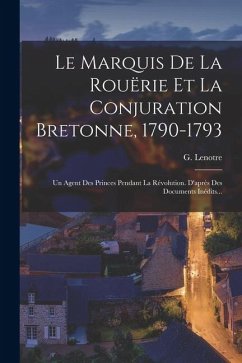
![Rapport Fait À La Convention Nationale, Au Nom De Ses Comités De Sûreté Générale Et De Salut Public. Sur La Conjuration [...] Pour Absorber La Révolut Cover Rapport Fait À La Convention Nationale, Au Nom De Ses Comités De Sûreté Générale Et De Salut Public. Sur La Conjuration [...] Pour Absorber La Révolut](https://bilder.buecher.de/produkte/68/68828/68828351n.jpg)
